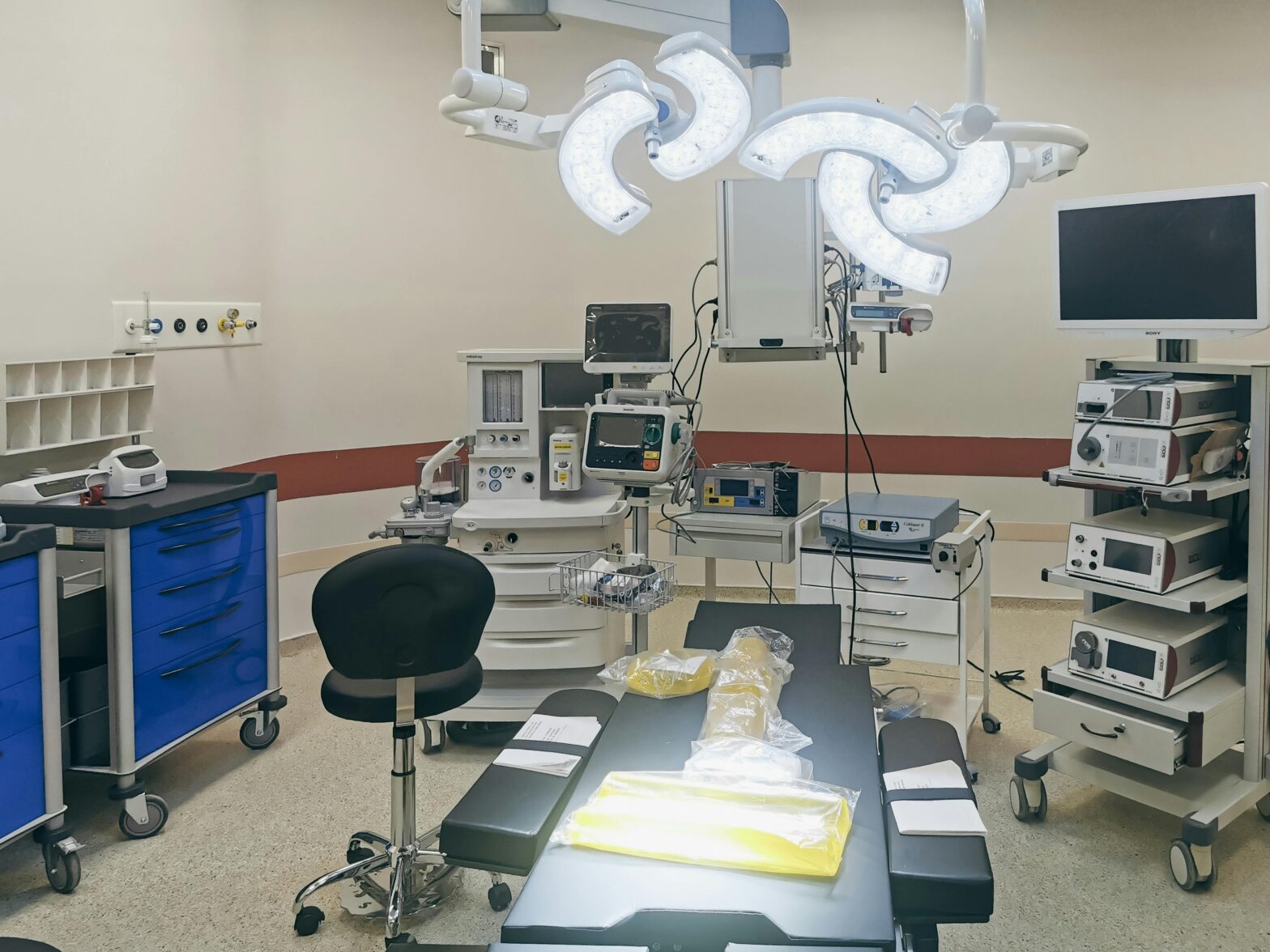Maintaining a sterile operating room (OR) in healthcare facilities is vital for patient and staff safety. While daily Environmental Services (EVS) cleaning is a critical routine, it differs significantly from professional deep cleaning—especially when it comes to surgical tables and OR equipment. At pkt-1. we explore why both cleaning types are essential and how they contribute to infection prevention.
Daily EVS Cleaning: Routine Maintenance for Operating Rooms
Daily EVS cleaning ensures general cleanliness and prepares the OR for daily use. Common tasks include:
- Wiping down visible surfaces with standard disinfectants.
- Mopping floors to remove dust and debris.
- Removing trash and soiled linens.
This routine targets immediate contaminants, keeping the OR visibly clean and functional. However, it’s not designed to tackle hidden pathogens or deeply embedded bioburden, which requires a more thorough approach.
Keyword Focus: Daily EVS cleaning, operating room hygiene, routine OR maintenance.
Professional Deep Cleaning: A Thorough, Targeted Approach
Unlike daily EVS cleaning, professional deep cleaning addresses areas often missed during routine upkeep. This comprehensive process includes:
- Disassembling OR equipment, like surgical tables, to sanitize internal components.
- Using specialized disinfectants to eliminate hidden bacteria and viruses.
- Thoroughly cleaning hard-to-reach areas, such as crevices and corners.
This meticulous method is critical for reducing healthcare-associated infections (HAIs) by eliminating pathogens that standard cleaning overlooks. For healthcare facilities, investing in periodic deep cleaning ensures a safer, more sterile environment.
Keyword Focus: Professional deep cleaning, OR deep cleaning services, infection prevention in operating rooms.
Regulatory Standards for OR Cleaning
Regulatory bodies emphasize the need for both cleaning approaches. The Centers for Disease Control and Prevention (CDC) outlines environmental cleaning guidelines, noting that while daily EVS cleaning maintains hygiene, periodic deep cleaning is essential to stop infection transmission.
Additionally, The Joint Commission (TJC) updated its infection prevention standards on July 1, 2024, stressing comprehensive cleaning protocols to enhance patient safety (source). Adhering to these standards is non-negotiable for healthcare providers aiming to minimize risks.
Keyword Focus: CDC cleaning guidelines, Joint Commission standards, OR infection control.
Reducing HAIs with Professional Deep Cleaning
Healthcare-associated infections (HAIs) remain a major challenge in medical settings. Research shows that inadequate cleaning allows pathogens to persist on surfaces, heightening infection risks. Professional deep cleaning directly addresses this threat by targeting hidden contaminants, making it a cornerstone of effective infection prevention strategies.
At pkt-1 we’re committed to helping healthcare facilities understand and implement these practices. Learn more about optimizing your OR cleaning protocols here.

